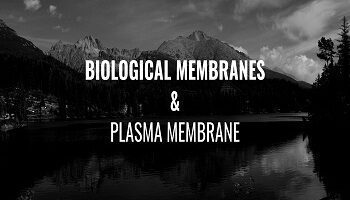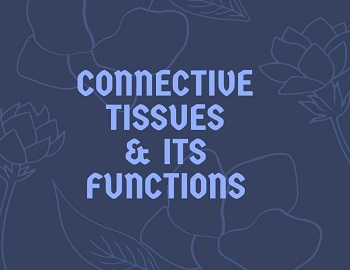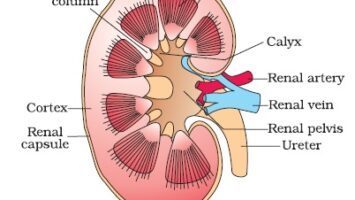Table of Contents
What is Species?
Species is defined as a dynamic group of organisms which resemble each other in all essential aspects, differ visibly from other groups, interbreed freely under normal conditions to produce fertile offsprings, are reproductively isolated from other groups and share in a common gene pool.
Each species fills an ecological niche not exactly utilized by another species. Each species remains in a process of continually adjusting to its environment. Each species has the capacity to give rise to new species provided some form of geographical or spatial isolation, gives its isolates an opportunity to develop a unique gene pool without being swamped by gene flow from parental species.
A pair or a group of closely related species which are reproductively isolated but morphologically identical is known as Sibling species.
Species which don’t occur at the same time level are called allochronic species, while species which occur at the same time are called Synchronic species.
Species is a collection of demes, the smallest population units which are the groups of genetically similar individuals bearing an intimate temporal and spatial relation to one another. Deme is a local population of a species or the community of potentially interbreeding individuals at a given locality. Each deme is isolated to some extent from adjacent demes, but there is always the possibility of genetic exchange between them. Even distinctly located demes may contribute genetic material to one another over a period of time by the gradual passage of certain genotypes from one deme to another. Thus, demes are open genetic systems that are affected by gene flow from adjacent populations, i.e., they are only partially isolated populations.
An intermediate population unit which exists in between species population and local population (deme) is subspecies or geographical race which is an aggregate of local populations of species, inhabiting a geographic subdivision of the range of the species and differing taxonomically from other populations of the species.
Ecospecies is a group of populations so related that they are able to exchange genes freely without loss of fertility or vigour in the offspring.
Species is the smallest category in the modern system of classification.
Concepts of Species:
Typological or Morphological Species Concept:
Linnaeus and others defined species as “a group of individuals that resemble in most of their morphological characters, sex for sex and variety for variety”. The adjacent local populations within the group differ only in variable characters. This concept of species is rejected for the following two reasons-
- Individuals of the same species some times show striking differences owing to sexual dimorphism, age differences and polymorphism.
- Sibling species show marked similarities in their appearance, but they are distinct species.
Nominalistic Species Concept:
According to this concept, only individuals exist and species are man’s own creations. Nature produces individuals and nothing more; species have no actual existence in nature. They are mental concepts and have been invested in order that we may refer to great members of individuals collectively.
Biological Species Concept:
This concept is accepted and was proposed by Dobzhansky and Mayr. In this concept, physiological, genetic, ecological and Phylogenetic features are also taken into consideration while ascribing characters of a species. They defined species as “Group of actually or potentially interbreeding natural populations that are reproductively isolated from other such groups”.
The differences between species actually rest upon the genetic makeup. In certain cases, the individuals having similar genetic makeup show differences in their morphological features. Still, these belong to the same species. Such variants within the species are now considered as infra-species.
- Plant and Animal Cell
- Mitosis: Process and Significance
- Meiosis: Process and Significance
- Modes of Nutrition
- Process of digestion in human beings
- Components of Blood
- Human Heart Important Facts
- Mechanism or Working of Heart (Cardiac Cycle)
- Human Lymphatic System
- Nervous System
- Chemical Coordination in Plants & Animals
- Nutrition and Health– NIOS









Comments (No)